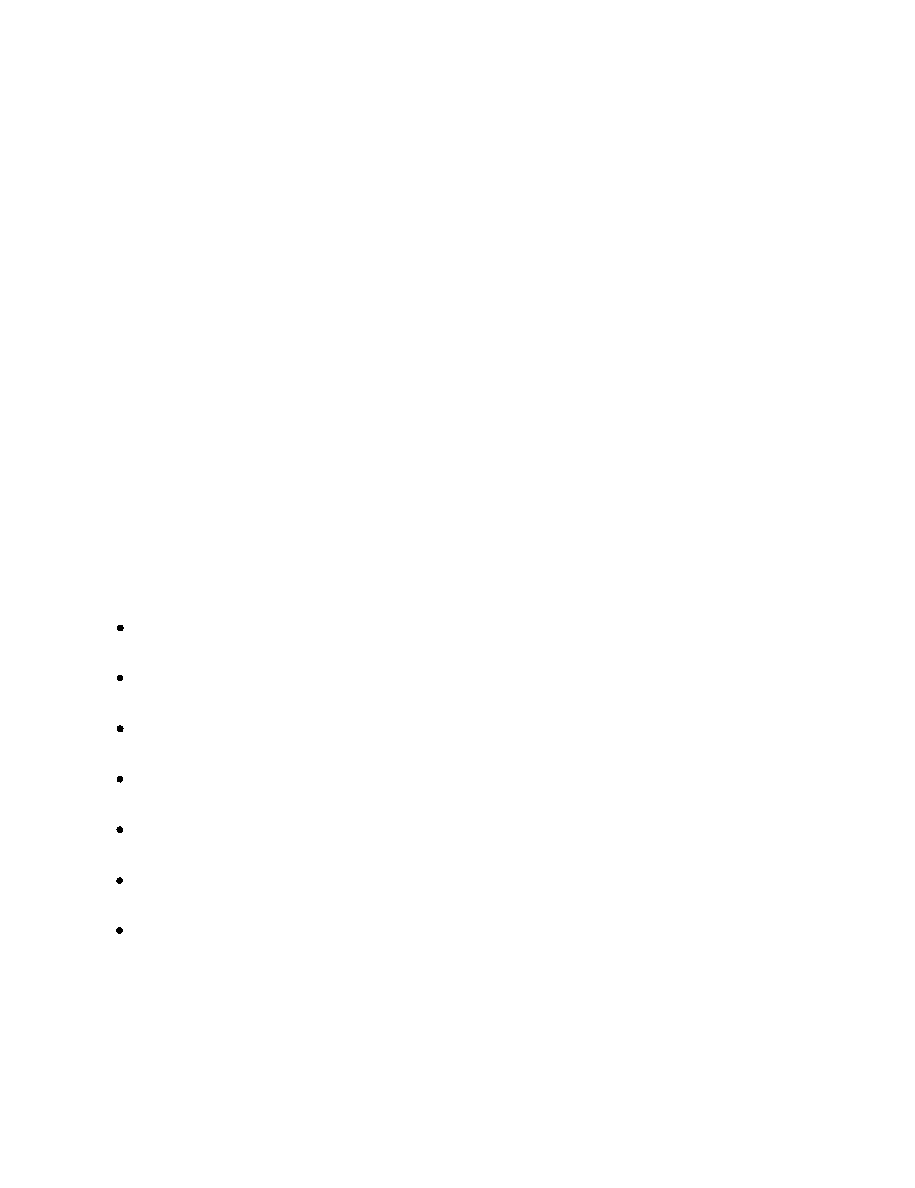
DOFMaster
for Windows
On-line
Depth of Field
Calculator
DOFMaster for Mobile Devices
On-line
Depth of Field
Table
Hyperfocal
Distance Chart
Articles
FAQ
Recommended
Books
Support
Contact
Links
Home
for Windows
On-line
Depth of Field
Calculator
DOFMaster for Mobile Devices
On-line
Depth of Field
Table
Hyperfocal
Distance Chart
Articles
FAQ
Recommended
Books
Support
Contact
Links
Home
As an Amazon Associate I earn from qualifying purchases.
![]()
away from the camera, it may appear as though it is
hardly moving and a fast shutter speed is not required to
produce a sharp image; however, when that same subject
moves at the same speed across the field of view of the
camera, the speed of the subject appears much faster. A
faster shutter speed is required to stop the action in this
case.
mph from a distance of 700 yards appears to be moving
slowly. The same car moving at 55 mph and only 15 feet
shutter speed must be to capture a sharp image. When
the subject is moving diagonally across your angle of
view, movement is more apparent than when moving
straight away or toward the camera, but less apparent
than when moving straight across the field of view.
movement, but the following can be used as a guide to
help make these determinations:
is doubled.
halved.
to-subject distance is doubled.
is doubled.
speeds when photographed with various lenses, but the
use of these formulas is not practical. Table 4-2 shows
stop motion relationships when a 50mm lens is used.
This table is not intended to be memorized but is only
relationship of subject motion, distance, and direction.
SHUTTER SPEED
most straightforward because it is used to produce a
sharp image of the subject. Aperture and shutter each
affect the image in two distinct ways. They both control
the amount of light that makes the exposure, and they
both affect image sharpness. The aperture alters depth
of field, and the shutter controls the image movement or
blur.
most lighting conditions, it does not matter whether you
use a wide aperture with a fast shutter speed or a small
aperture with a slow shutter speed. When the
combination is correct, both provide the same amount
of exposure.
halving relationship of aperture and shutter allows you
to combine different f/stops and shutter speeds to alter
the image, while, at the same time, admitting the same
amount of exposure to the light-sensitive material; for
settings for your subject is 1/125 second, at f/16. Instead
of using this combination of shutter speed and f/stop,
could be 1/250 second at f/11, 1/500 second at f/8, or
at f/32, and so on, can be used. These shutter speed and
f/stop combinations are called equivalent exposures.
and to stop motion. Table 4-3 shows some equivalent
exposures of a typical situation.
and image blur are different in each image. The
combination of shutter speed and f/stop is used to best
capture the subject and effect you want to create.
however; depending on the situation, the level of light
alone can determine the camera settings. For example,
Basic Photography Course

As an Amazon Associate I earn from qualifying purchases.
WWW.DOFMASTER.COM
© 2006 Don Fleming. All rights reserved.
© 2006 Don Fleming. All rights reserved.